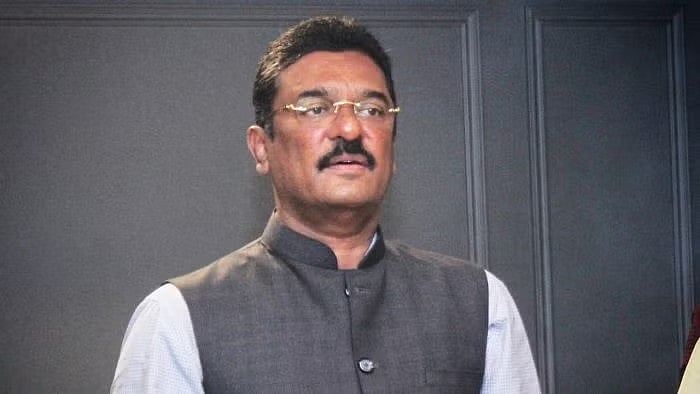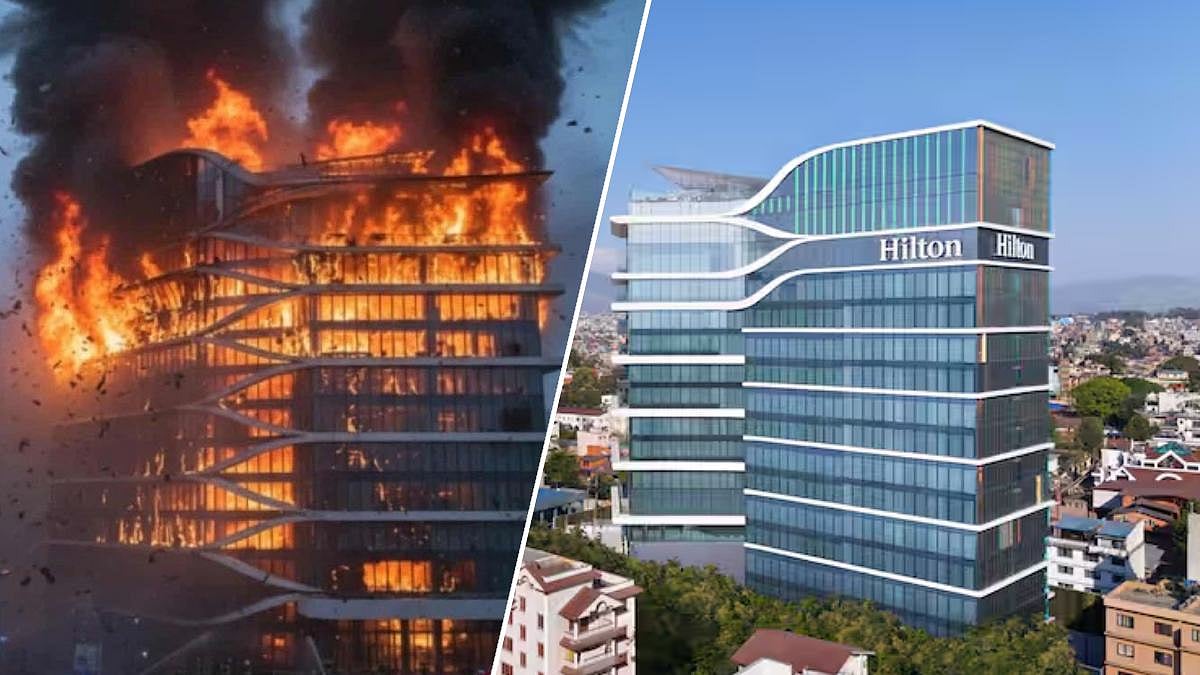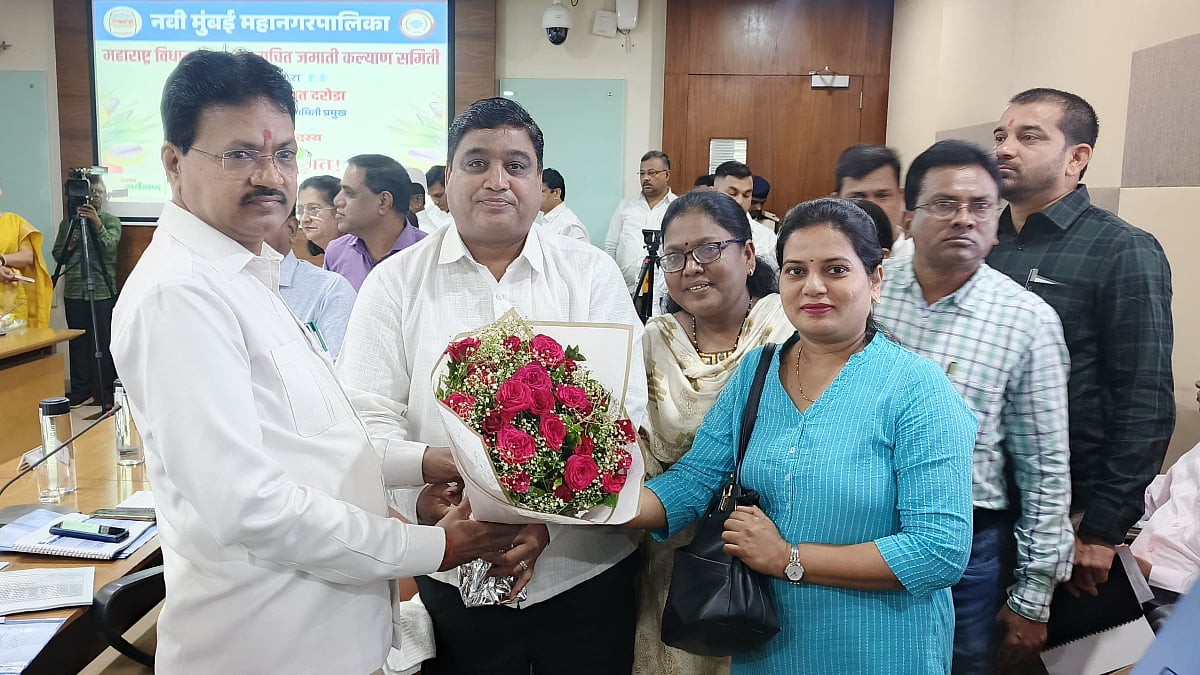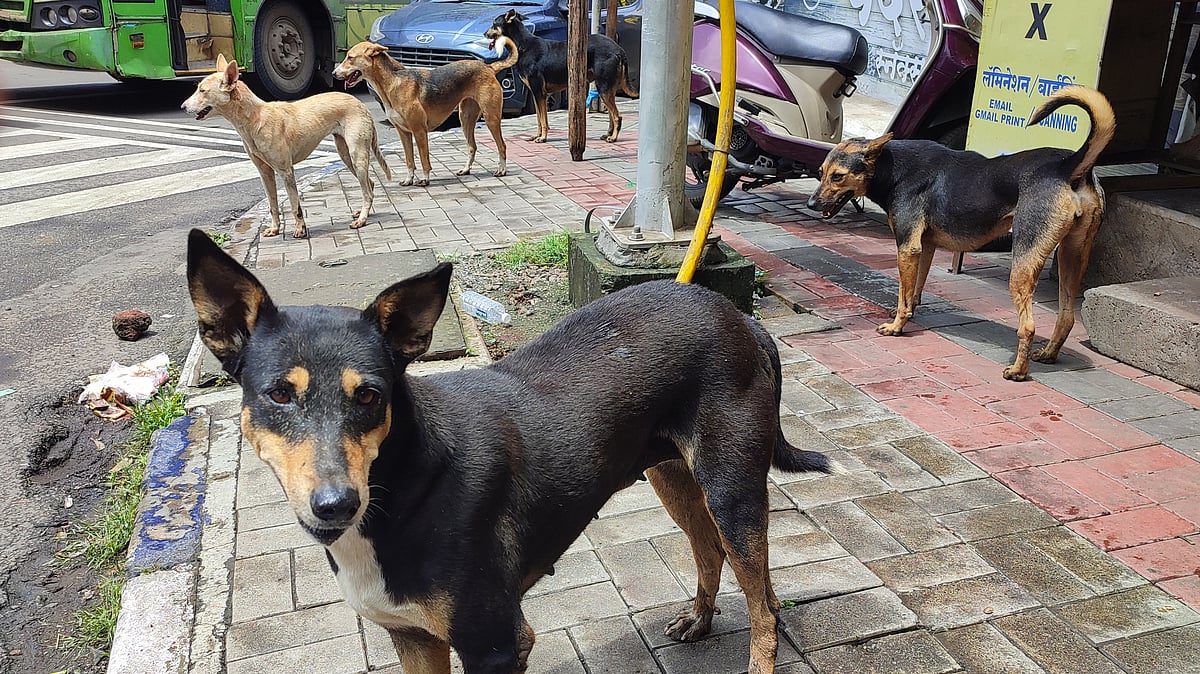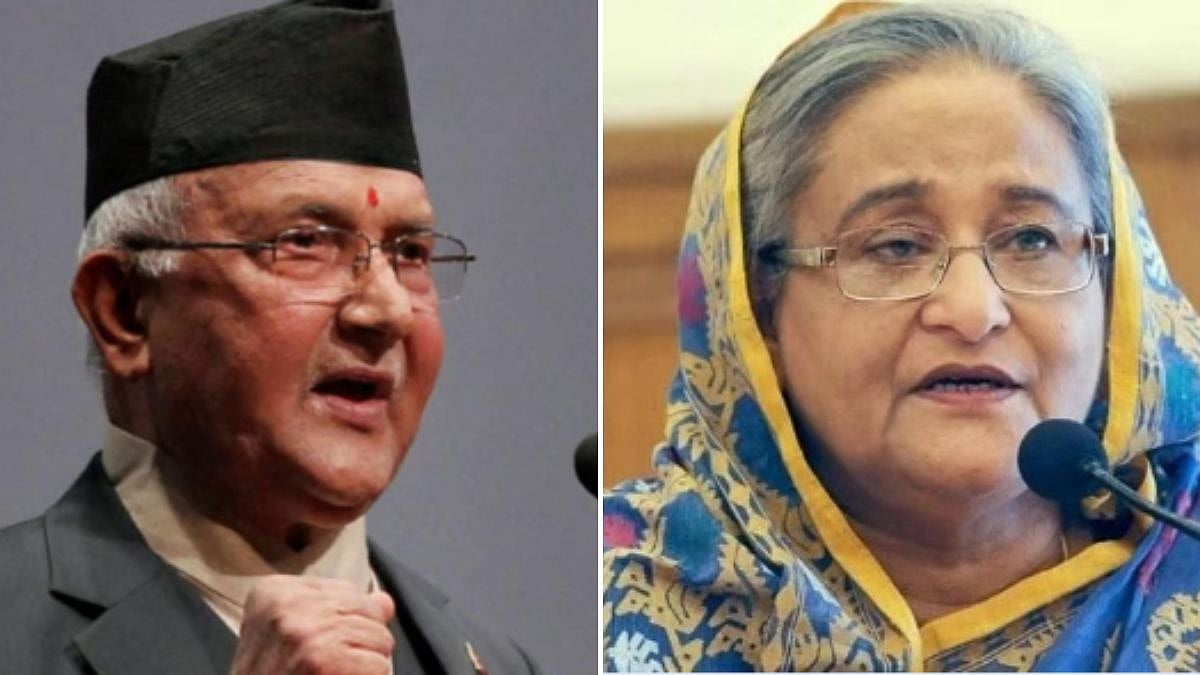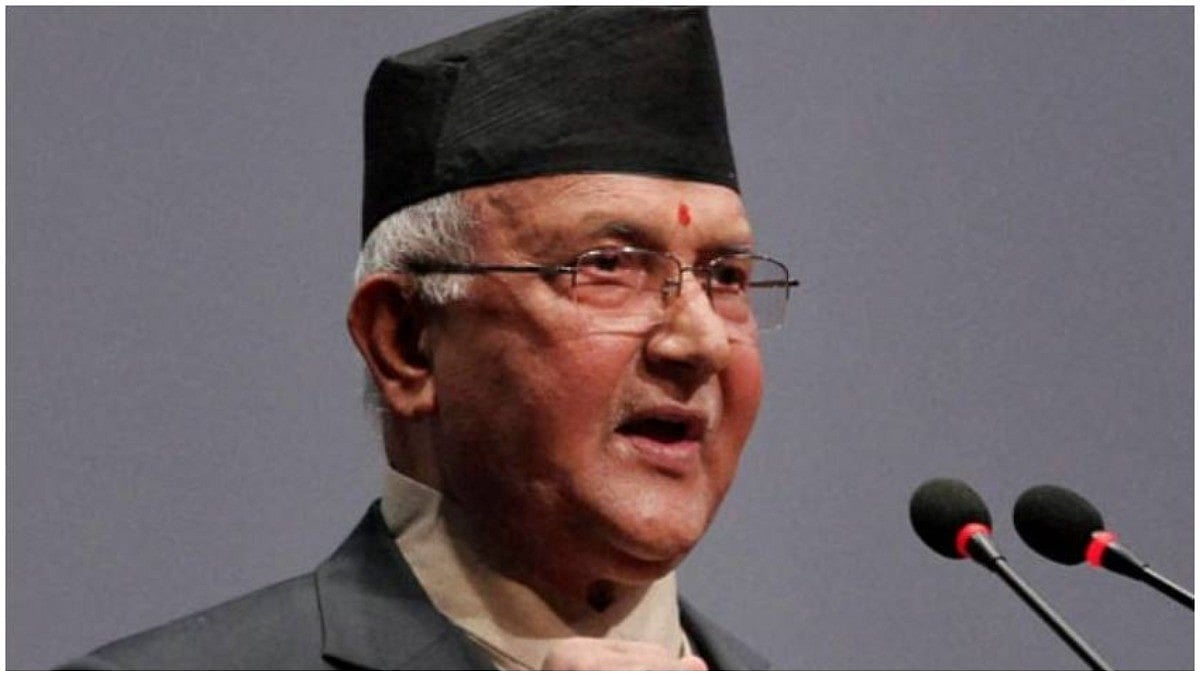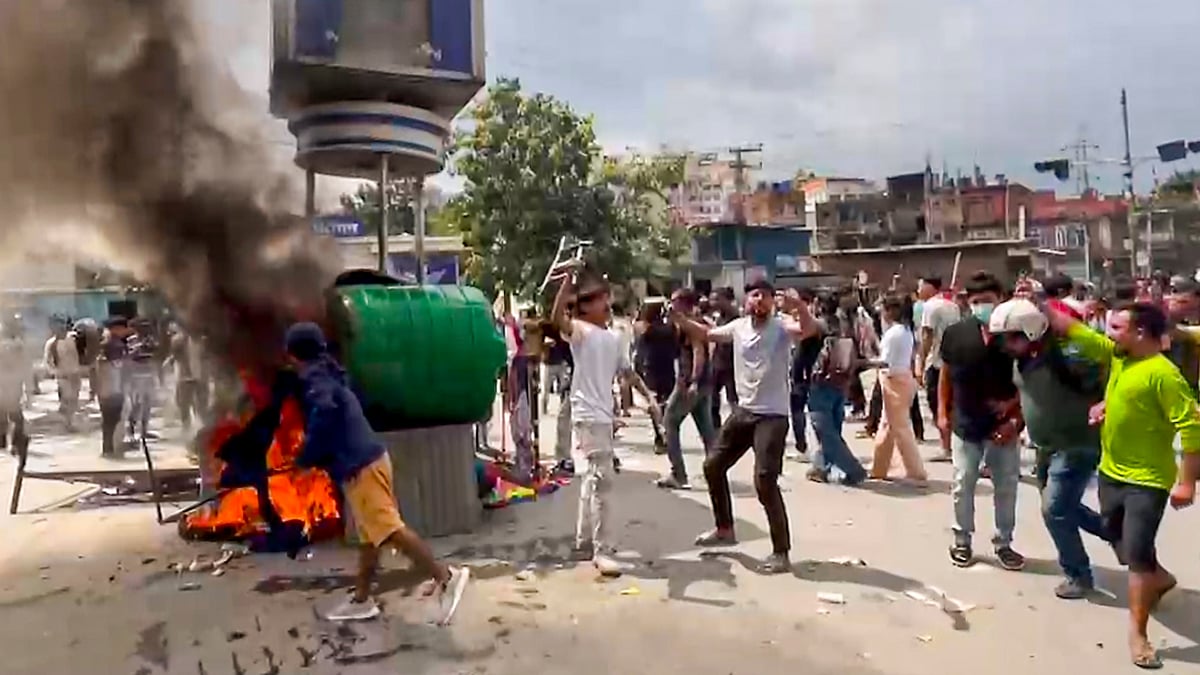April 7 is World Health Day.
Dr Samir Dalwai is a leading Mumbai-based doctor.
Big trouble comes in small packages. A half-alive piece of genetic material, incapable of survival or replication without parasitizing another living cell, has scared the life out of mankind. Not since the time of Adolf Hitler has a global villain of this magnitude driven the world into such disarray and threatened to disrupt the world social and economic order, as we see it.
India, with its thousand mutinies, stands at the crossroads of the scientific and socio-economic reality of how scarred COVID-19 will leave the world. Expected to overrun a badly shaped health structure, fortunately and surprisingly, so far India has done well.
First, the obvious- the transmission of COVID-19 in India has increased over the past few days, yet the rate remains significantly lower than the global rate. While the global transmission rate of COVID-19 (Ro = the number of persons infected by every positive case) is between 2 and 3 (The Lancet), in India, this has been restricted to below 2. In fact, ICMR still maintains that there is no evidence of community spread in India. What this low growth rate has done is prevent the rapid rise in symptomatic cases, especially the 4-5 % needing critical care. Thus, our deaths stand at 109, more than 5 weeks after the first case was detected, much lower than many other countries.
The association of universal BCG immunisation with a lesser impact of COVID-19 in various studies has highlighted the role of indigenous immune systems. A population that has prevented XDR Tuberculosis from running amok, in spite of widespread undernutrition and poor hygiene, may be hiding the secrets of the human immunity to possibly better resistance against COVID-19. The jury is still out on whether our heat and climatic conditions prevail against the same rampaging virus. Cross protection with measles vaccination is being explored by some experts.
No health concern has received as much political interest as the COVID-19 pandemic. As much as political leadership is being seen to be held accountable for this calamity, political expediency is driving the agenda across the globe.
This is not dissimilar in India. The Prime Minister has done well to secure unambiguous support – perhaps for the first time – in sticking his neck out and asking for a vitally important National Lockdown. Those efforts have been undermined occasionally by fear mongering, religious, irrationality, recklessness and even foolish belligerence. Surely, there should have been better planning for the marginalised and disadvantaged. However, even with exceptions, the kind of results achieved are nothing short of astonishing- Indian roads look deserted! The exact quantum of benefit can be established later- but it is obvious that it has worked to flatten the curve.
This has achieved for us what Europe and US failed at - and that is time! Make no mistake about this- the Lockdown does not “end” the virus (never mind what you read on WhatsApp University), it only slows the rate at which the population gets infected.
This allows administrations to better prepare for the onslaught that is bound to come. Onslaught may not be in terms of criticality of cases, in as much as critical cases in large numbers.
And therein lies the challenge.
India has about 70,000 ventilators- woefully less for a 1.3 billion populace. Under usual circumstances, there is a waiting list for critical cases needing one. With a COVID-19 deluge of patients, how many would be needed for the latter? In a mathematical model, since the epidemic in India is growing at 15 % a day, requirements double every 5-6 days. As a study has shown, if we need X ventilators today, we will need 2X ventilators 5- 6 days from now. How many ventilators do we need to keep aside for COVID-19 infected patients? How many doctors and medical staff do we need to run them and other hospital facilities? How long before the system gets overwhelmed?
The critical issue here is not the ventilators or the number of hospital beds. Apparently, thousands of railway coaches have been converted into makeshift hospitals. The critical question is- who mans these health systems? Every time a health care worker gets exposed to an infected case, s/he may get infected, suffer symptoms and may even succumb. Well, as proud members of a medical profession, we are willing to step up and be counted – not only for nationalistic pride as being touted, but simply because we are programmed to jump in if a patient is in trouble. But the true “nationalist” concern here is – who replaces her/him? Hundreds of our fraternity have given their lives worldwide. Hundreds will. We are bound by oath to do so. But who replaces the thousands who may be infected and have to be quarantined for 14 days to prevent spreading the infection to others?
Hence, the true national concern today, is not limited to expressing gratitude to the medical fraternity, not even to salute them for sacrificing their lives, but is about equipping them to save YOU! If the army is protecting you, would you want them to fight with good guns and bullet-proof jackets or with knives and shields? The brave soldier is ready to die for the country; who protects the country if he dies?
The single most important national question is – have we equipped our medical army with the right weapons and armour? How much PPE (Personal Protection Gear) does the country have? How many ventilators do we have? What condition are our men and machines in? A study estimates the number of diagnosed cases to number about 5-6 million by the end of May. At a modest 3 % rate of hospitalisation, that sends 1,80,000 new COVID-19 patients to the intensive care unit -on an ongoing basis- we know not for how long!
We need charm, we appreciate chutzpah, we appreciate the measures of our Honourable Prime Minister to bolster our spirits. We will clap, light lamps- this motivates the spirit to keep up the fight.
But just like these won’t keep the armies of a vicious neighbour from destroying us, neither will they help us beat a pandemic. Precisely like we need well trained and superior equipped jets for surgical strikes, we need excellent medical equipment for this surgical strike. And we cannot get our soldiers back by arm-twisting Hades.
Let us stand together in this war. Let us not allow our regular viruses of internal conflicts and divisiveness to surface now and distract us- either from the enemy at the gates, nor the exact preparation to beat him. Remain focused on the real enemy; prepare a little better than needed. With a little bit of luck, we can beat this pandemic. God is with us- and that is one area where we are in abundance!
Dr. Samir Dalwai is a Developmental Paediatrician and the Founder – Director of New Horizons Group.
MD, DCH, DNB, FCPS, FIAP, LLB.

